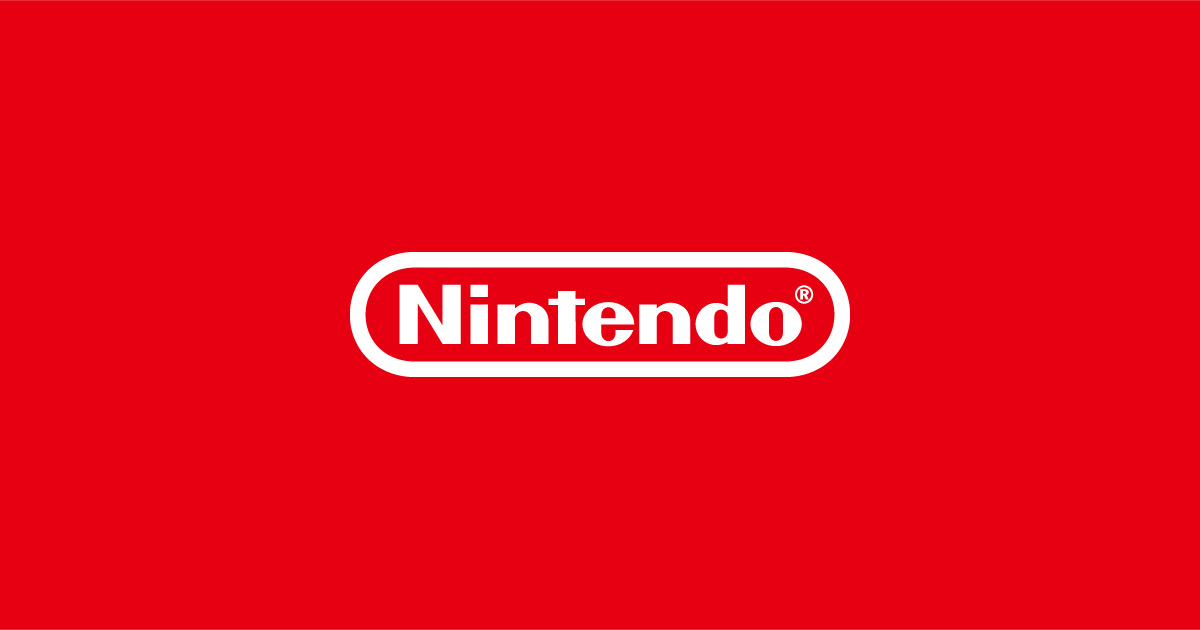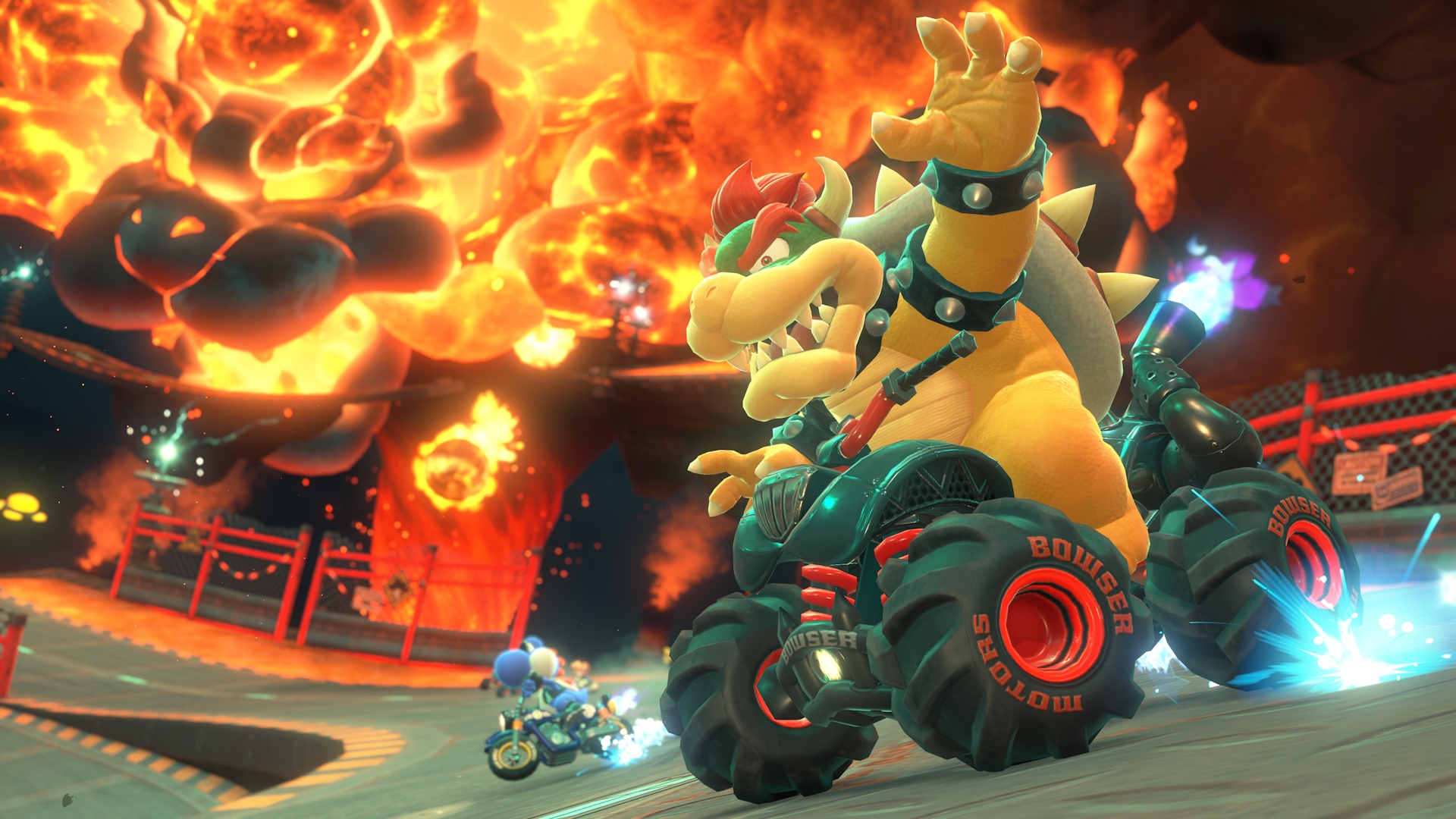Digital Foundry Shares In-Depth Analysis of Nintendo Switch 2 Hardware: Improvements and Display Concerns
As one of the most respected authorities in gaming hardware analysis, Digital Foundry has released its comprehensive verdict on the Nintendo Switch 2, providing crucial insight for gamers and industry observers alike.
Since its initial reveal through an official Nintendo Direct, excitement surrounding the Nintendo Switch 2 has been matched by anticipation for hands-on evaluations.
With record-breaking sales of the original Nintendo Switch surpassing 129 million units worldwide since its 2017 release, Nintendo’s next-generation system faces high expectations as it seeks to refine and build upon its hugely successful predecessor. In their latest review, Digital Foundry acknowledges Nintendo’s improved hardware design for the Switch 2, describing it as a meaningful generational upgrade that delivers notable efficiency gains.
According to the technology publication, the console’s build quality stands out, with the newly revised Joy Cons offering a more comfortable and improved user experience.
Despite being significantly larger in footprint than the first Switch, the device maintains a slim profile, making it considerably less cumbersome to hold compared to alternative handhelds such as the Steam Deck.
Small quality-of-life enhancements, such as added support 'feet' at the base of the unit, have also been well received. Performance-wise, the Nintendo Switch 2 shows remarkable advancements.
Digital Foundry highlights how the enlarged screen offers greater immersion, and improved color reproduction over the original model enhances the handheld gaming experience.
Notably, several titles, including the acclaimed Mario Kart World, run at native 1080p in portable mode.
The integration of DLSS (Deep Learning Super Sampling) technology helps upscale other games to 1080p, contributing to consistently sharp visuals. Despite these successes, Digital Foundry’s analysis draws attention to a series of notable shortcomings, most significantly with the display.
In their technical breakdown, the team points out that the Switch 2’s screen exhibits blurrier motion than even the 2017 launch Switch and is eclipsed by the quality of the OLED panel featured in more recent models.
While Nintendo initially touted high dynamic range (HDR) support, the reviewers argue that the edge-lit LCD panel, which peaks at around 420 nits brightness, fails to deliver the contrast and highlight detail expected from true HDR-capable displays.
According to Digital Foundry, "the key issues with the Switch 2’s LCD are evident when compared side by side with the Switch OLED, confirming that the new panel falls short of premium standards." Further criticism is leveled at the console’s VRR (variable refresh rate) implementation.
Although the Switch 2’s hardware is theoretically capable—demonstrated by the inclusion of a VRR showcase in the Welcome Tour software—Digital Foundry notes inconsistencies with practical delivery.
They observed a VRR window reportedly between 40-120Hz and support for LFC (low frame-rate compensation), but suggest the feature may not function as seamlessly as intended at launch. Summing up their findings, Digital Foundry’s reviewers state that, aside from the display, the Nintendo Switch 2 represents a significant improvement in Nintendo’s product line.
The hardware is robust and thoughtfully refined, combining an enhanced form factor with improved accessories and performance features.
Minor points of contention, such as the length of bundled USB-C cables, are considered easily addressable as the supplied cables are detachable and can be replaced with longer options.
Digital Foundry concludes that "this is the original Switch revised and refined into a generally more pleasing and more effective unit, offering a proper generational leap for Nintendo handheld gaming." Gamers and fans eager to experience the new Nintendo Switch 2 can expect further details about the hardware, game lineup, and global release dates in upcoming Nintendo Direct presentations and via the official Nintendo eShop.
As momentum builds for the next chapter in Nintendo’s storied handheld history, the balance between hardware innovation and display quality will remain a key focus for both developers and players.
Since its initial reveal through an official Nintendo Direct, excitement surrounding the Nintendo Switch 2 has been matched by anticipation for hands-on evaluations.
With record-breaking sales of the original Nintendo Switch surpassing 129 million units worldwide since its 2017 release, Nintendo’s next-generation system faces high expectations as it seeks to refine and build upon its hugely successful predecessor. In their latest review, Digital Foundry acknowledges Nintendo’s improved hardware design for the Switch 2, describing it as a meaningful generational upgrade that delivers notable efficiency gains.
According to the technology publication, the console’s build quality stands out, with the newly revised Joy Cons offering a more comfortable and improved user experience.
Despite being significantly larger in footprint than the first Switch, the device maintains a slim profile, making it considerably less cumbersome to hold compared to alternative handhelds such as the Steam Deck.
Small quality-of-life enhancements, such as added support 'feet' at the base of the unit, have also been well received. Performance-wise, the Nintendo Switch 2 shows remarkable advancements.
Digital Foundry highlights how the enlarged screen offers greater immersion, and improved color reproduction over the original model enhances the handheld gaming experience.
Notably, several titles, including the acclaimed Mario Kart World, run at native 1080p in portable mode.
The integration of DLSS (Deep Learning Super Sampling) technology helps upscale other games to 1080p, contributing to consistently sharp visuals. Despite these successes, Digital Foundry’s analysis draws attention to a series of notable shortcomings, most significantly with the display.
In their technical breakdown, the team points out that the Switch 2’s screen exhibits blurrier motion than even the 2017 launch Switch and is eclipsed by the quality of the OLED panel featured in more recent models.
While Nintendo initially touted high dynamic range (HDR) support, the reviewers argue that the edge-lit LCD panel, which peaks at around 420 nits brightness, fails to deliver the contrast and highlight detail expected from true HDR-capable displays.
According to Digital Foundry, "the key issues with the Switch 2’s LCD are evident when compared side by side with the Switch OLED, confirming that the new panel falls short of premium standards." Further criticism is leveled at the console’s VRR (variable refresh rate) implementation.
Although the Switch 2’s hardware is theoretically capable—demonstrated by the inclusion of a VRR showcase in the Welcome Tour software—Digital Foundry notes inconsistencies with practical delivery.
They observed a VRR window reportedly between 40-120Hz and support for LFC (low frame-rate compensation), but suggest the feature may not function as seamlessly as intended at launch. Summing up their findings, Digital Foundry’s reviewers state that, aside from the display, the Nintendo Switch 2 represents a significant improvement in Nintendo’s product line.
The hardware is robust and thoughtfully refined, combining an enhanced form factor with improved accessories and performance features.
Minor points of contention, such as the length of bundled USB-C cables, are considered easily addressable as the supplied cables are detachable and can be replaced with longer options.
Digital Foundry concludes that "this is the original Switch revised and refined into a generally more pleasing and more effective unit, offering a proper generational leap for Nintendo handheld gaming." Gamers and fans eager to experience the new Nintendo Switch 2 can expect further details about the hardware, game lineup, and global release dates in upcoming Nintendo Direct presentations and via the official Nintendo eShop.
As momentum builds for the next chapter in Nintendo’s storied handheld history, the balance between hardware innovation and display quality will remain a key focus for both developers and players.






